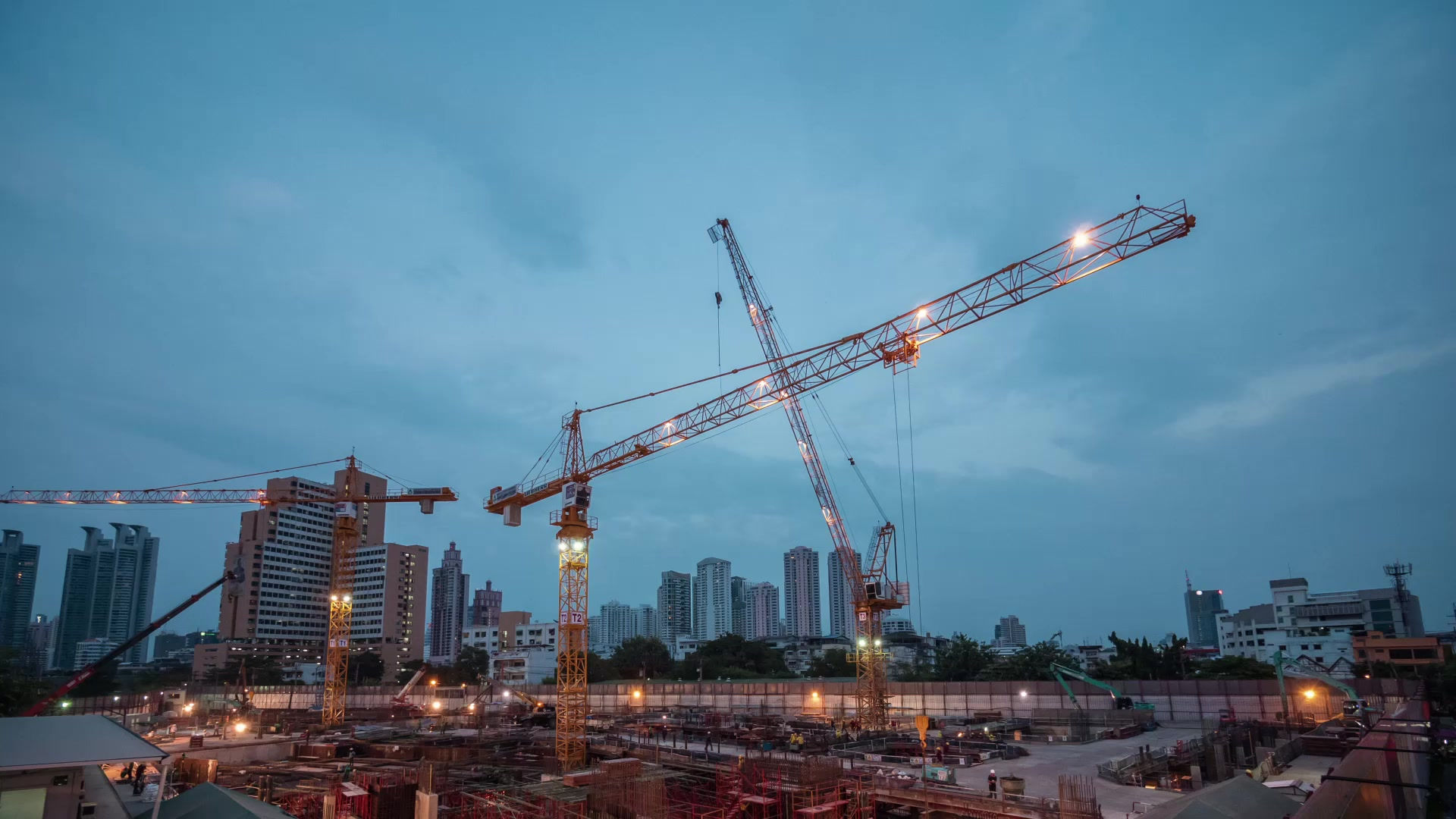Housing, Health, and Home Repairs in Detroit: Bridging the Gap
- ecoenvironmentalso
- Mar 21, 2024
- 2 min read

In Detroit, a city rich with history and resilience, the intersection of housing, health, and socioeconomic disparities paints a complex picture of inequity, particularly for its most vulnerable populations: Black youth (birth to five), senior citizens, and pregnant women in underserved urban communities. These groups bear the brunt of the systemic disinvestment that has plagued parts of the city for decades, manifesting not just in economic terms, but in the very walls of the homes they live in.
The State of Housing and Its Impact on Health
The quality of housing in Detroit's underserved communities often falls short of conducive living standards. Lead paint, mold, inadequate heating, and faulty plumbing are not just maintenance issues, they are health hazards. For children under five, exposure to lead and mold can lead to developmental delays and lifelong health problems. Pregnant women face heightened risks of complications from such environments, and for senior citizens, these conditions can exacerbate chronic health issues, leading to
a diminished quality of life.
Why Home Repairs Are a Public Health Priority
Addressing the need for home repairs in these communities is more than a matter of housing policy; it's a public health imperative. By investing in the remediation of health hazards in homes, we can significantly reduce the incidence of asthma, lead poisoning, and other conditions directly linked to housing conditions. For the youth of Detroit, this means a healthier start in life, a foundation upon which all future development builds. For pregnant women, it translates into safer pregnancies and healthier infants. And for senior citizens, it ensures a safer, more comfortable living environment, reducing the
risk of injuries and exacerbations of chronic illnesses.
A Call to Action
The path to reducing health inequities in Detroit requires a multifaceted approach, with home repairs and improvements at the forefront.
This involves:
1. Increased Funding and Support: Securing more funding for home repair programs targeted at low-income families. This funding can come from federal, state, and local sources, as well as private
philanthropy.
2. Community Engagement: Empowering communities through education and resources to advocate for better housing. Community-based organizations can play a crucial role in identifying needs and coordinating repair efforts.
3. Partnerships: Building partnerships between health care providers, housing agencies, and community organizations to create a holistic approach to health and housing. These partnerships can facilitate referrals for home repairs when health professionals identify housing-related health risks.
4. Innovative Solutions: Encouraging innovative solutions, such as mobile repair units or DIY repair kits for simple home fixes, can be a cost-effective way to address minor issues before they become major hazards.
5. Policy Change: Advocating for policy changes that prioritize healthy housing as a critical component of public health. This includes updating building codes, rental regulations, and inspection practices to ensure that all homes meet health and safety standards.
Conclusion
The challenges facing Detroit's underserved communities are daunting but not insurmountable. By recognizing the intrinsic link between housing and health and taking concrete steps to improve living conditions through home repairs, we can begin to dismantle the barriers to health equity. It is a moral imperative that we invest in the health and well-being of all Detroiters, starting with the most vulnerable. Together, we can transform homes into safe havens that nurture health, well-being, and hope for the future.

.png)
_edited.png)
Comments